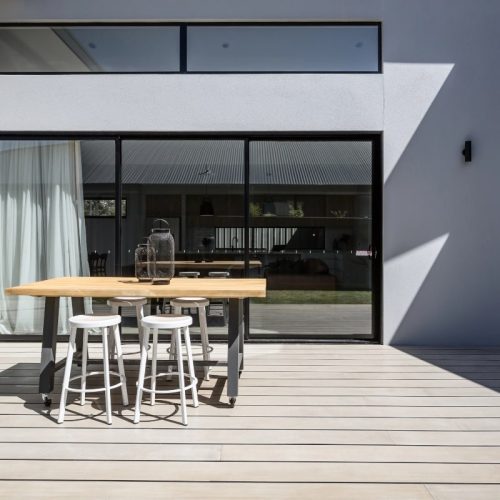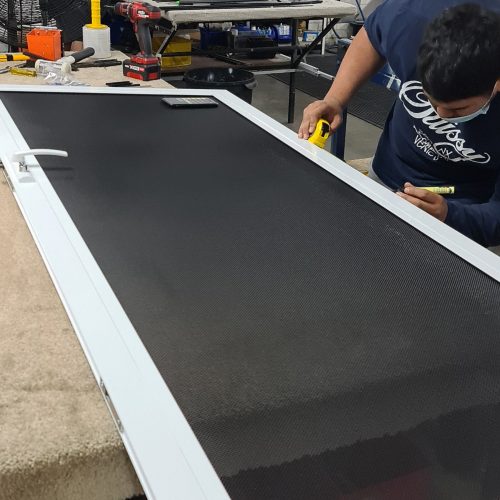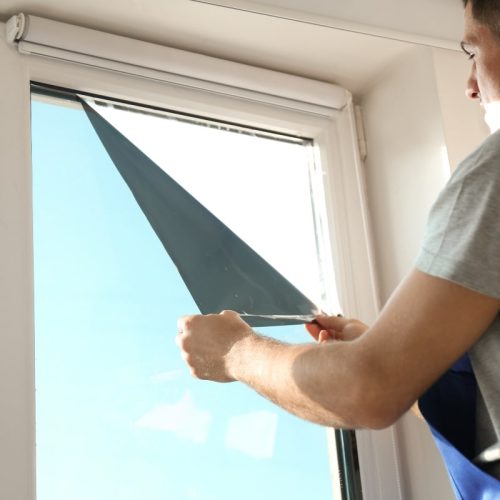
Window tinting for homes is becoming increasingly popular among homeowners looking to improve comfort, privacy, and energy efficiency. Whether you want to reduce glare, protect furniture from UV rays, or improve the aesthetic of your home, window tinting is a great solution.
In this blog, we’ll explore the benefits of window tinting for homes and why it’s a worthwhile investment for any household.
What is window tinting, and how does it work?
Window tinting is a thin, transparent film on the interior or exterior of your home’s windows. This window film comes in different shades and types, providing different levels of protection and privacy. Homeowners can choose from reflective, decorative, and solar window films, each offering unique advantages for improving your home.
Key benefits of home window tinting
1. Improved energy efficiency
One of the main benefits of window tint film for homes is increased energy efficiency. The right home window tinting solution can reduce the heat entering your home during summer, helping keep your home cool.
By reducing your reliance on air conditioning, tinted windows can also lead to lower energy bills. In winter, some types of tint also help retain heat, keeping your home warm and comfortable.
2. UV protection
Prolonged exposure to UV rays can cause furniture, flooring, and curtains to fade over time. House window tinting offers a protective barrier that blocks up to 99% of harmful UV rays. This helps preserve the quality of your interior décor and reduces your UV exposure.

3. Enhanced privacy and security
Privacy is a significant concern for many homeowners, especially those in urban areas. With window tinting, you can stop people from looking into your living spaces while allowing light to come through. Reflective and darker tints effectively maintain privacy during the day without sacrificing natural light.
Additionally, window tints can make glass windows more shatter-resistant, adding an extra layer of security against break-ins or accidental damage.
4. Increased home value
Investing in window tinting for homes can also boost your property’s market value. Potential buyers appreciate the benefits of energy efficiency, UV protection, and enhanced privacy that tinted windows provide.
Homes with tinted windows often appear more modern and well-maintained, making them more attractive in a competitive market. This minor upgrade can offer a solid return on investment when it’s time to sell.
How to choose the right window tint for homes
When selecting a tint for your windows, you need to consider the specific needs of your home. Here are some tips to help you make the best choice:
- Consider your climate: If you live in a hot climate, opt for a solar-control tint that effectively reduces heat. A tint that helps retain warmth during winter might be the right choice in colder regions.
- Think about privacy needs: Reflective tints are ideal for increasing privacy, while decorative films can add style and elegance to spaces like bathrooms.
- Consult a professional: Work with a professional window tinting service for the best results. They can help you choose the right type and ensure it’s installed perfectly, allowing you to get the most out of your window tint.
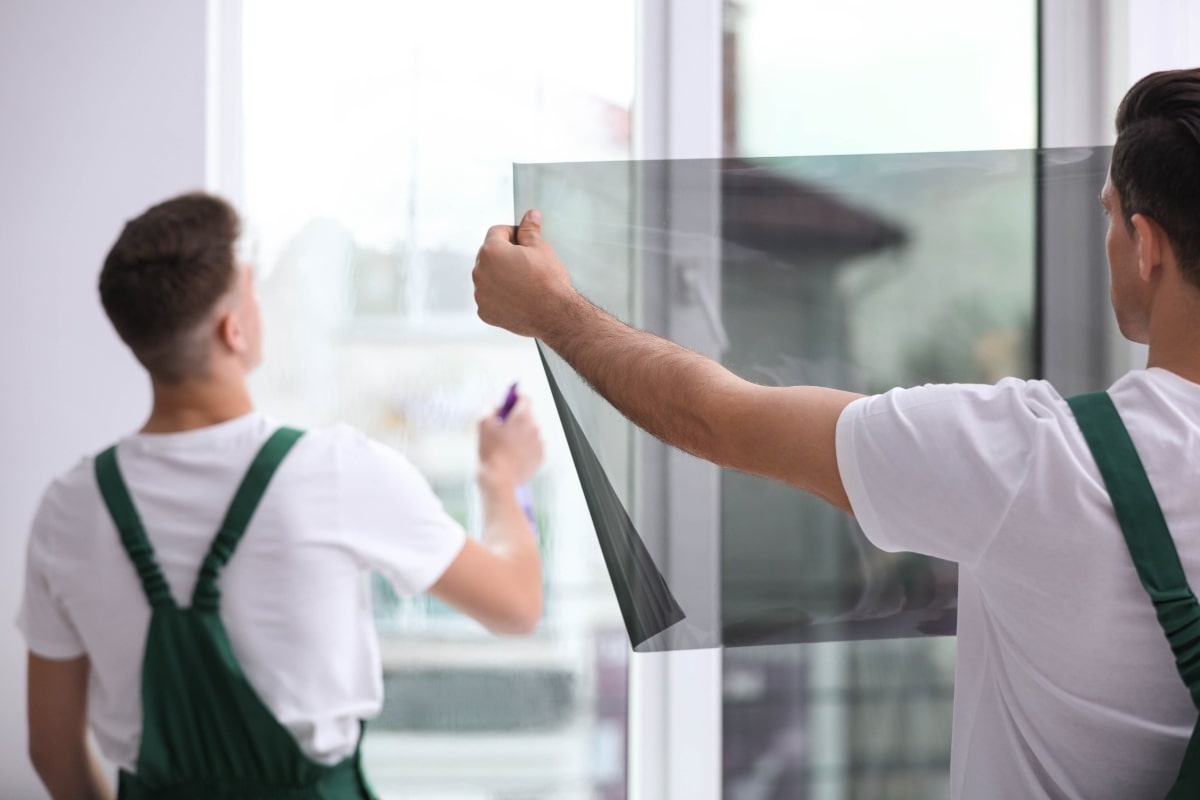
Types of window tinting for homes
There are a few different types of window tint for homes, each for different needs:
- Solar window film: This is ideal for those looking to reduce heat and glare while allowing natural light into the home.
- Decorative window film: Perfect for adding a touch of design to your windows, decorative window films can also provide privacy without blocking light.
- Security window film: This type of tint protects your windows, making them more resistant to breakage and providing additional peace of mind.
- Reflective window film: These reflect heat and maximum privacy but may create a mirrored appearance.
- Ceramic window film: Known for its durability and clarity, ceramic tints provide excellent heat and UV protection without darkening the room.
- Frosted window film: Ideal for bathrooms and areas where privacy is key, frosted films add a translucent, matte finish.
- Coloured window tint: Available in various shades, these provide moderate heat and glare reduction and can complement your home’s aesthetic.
Why security window film is the better option
Security window film is a superior choice for homeowners looking to enhance safety and protection. Unlike standard films, security window film is designed with thicker, more durable layers, making windows significantly more impact-resistant.
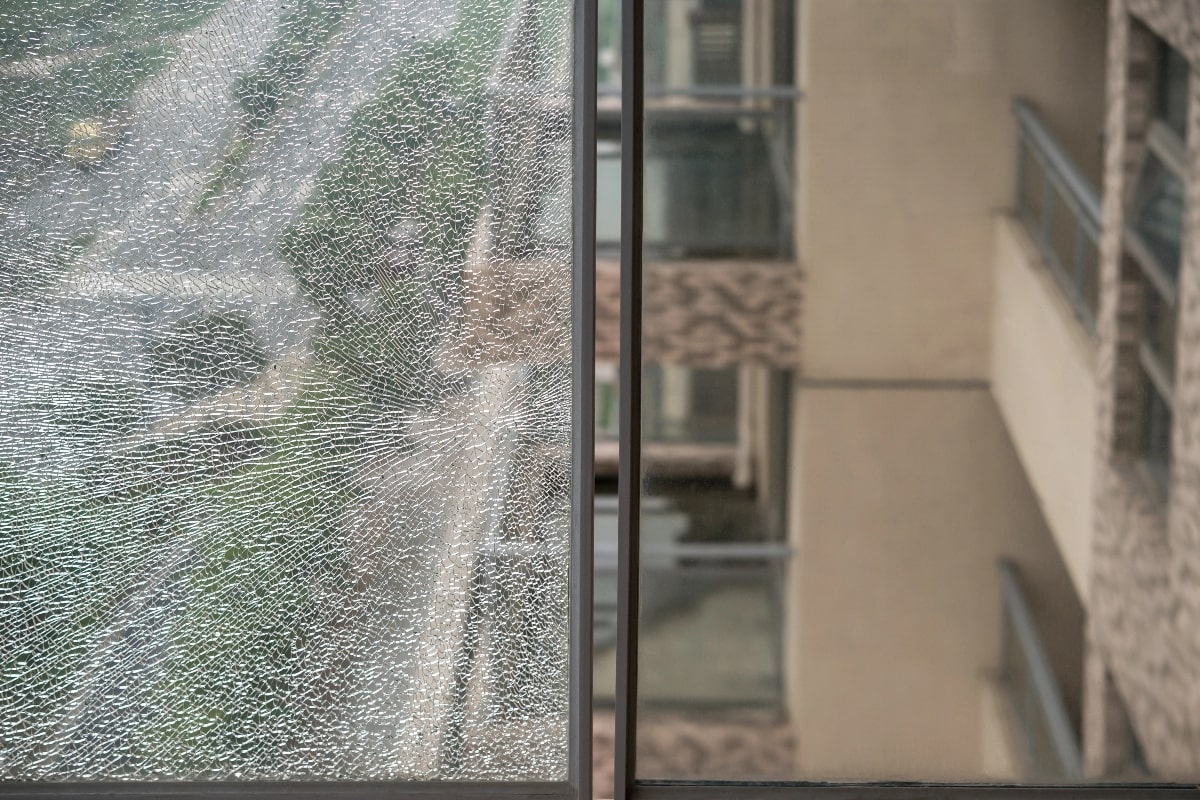
In the event of an attempted break-in or severe weather, security window films help hold shattered glass in place, reducing the risk of injury from flying shards. This added strength deters potential intruders and provides peace of mind, knowing that your home has an extra layer of protection. It’s ideal for those seeking security and a clear view without compromising natural light.
Get started with security windows and doors!
Central Screens & Locks has over 30 years of experience providing home security products to Perth homes. Add another layer of security to your home with Amplimesh security screens.
Installation tips for window film
Proper installation of window films is crucial for achieving a smooth finish and long-lasting results. Here are some essential tips to ensure a successful application:
- Clean the windows thoroughly: Before installing window film, clean the glass and ensure it’s free of dust, dirt, and any residue.
- Measure accurately: Measure each window carefully before cutting the film to ensure it fits properly. Cut the film slightly larger than the window size, allowing room for adjustments during installation. Trim any excess after application for a perfect fit.
- Use a soap solution: Mix a mild soap with water in a spray bottle and use this solution to wet the window surface before putting the film on. This helps to prevent the film from sticking immediately, allowing you to slide it into place and make adjustments.
- Apply slowly and smooth out air bubbles: Start at the top of the window and gradually work your way down, pressing the film gently onto the glass. Use a squeegee or a soft tool to smooth out any air bubbles, working from the centre outward to the edges. This will ensure a seamless and bubble-free finish.
- Trim carefully: Use a sharp utility knife to trim any excess along the edges after positioning the film.
- Allow time to cure: Once the film is applied, give it time to cure properly. Avoid cleaning the windows or exposing them to excessive moisture for at least a few days. This helps the adhesive bond fully to the glass and ensures a secure hold.
By following these tips, you can achieve a professional-looking installation that gives you all the benefits of your window film, from UV protection to enhanced security and privacy.
Maintenance and longevity
Window tints are generally low maintenance, requiring only occasional cleaning with a soft cloth and non-abrasive, ammonia-free cleaners to prevent damage. With proper care, most window films can last between 10 and 20 years, although their longevity depends on the quality of the film and the environmental conditions they face.
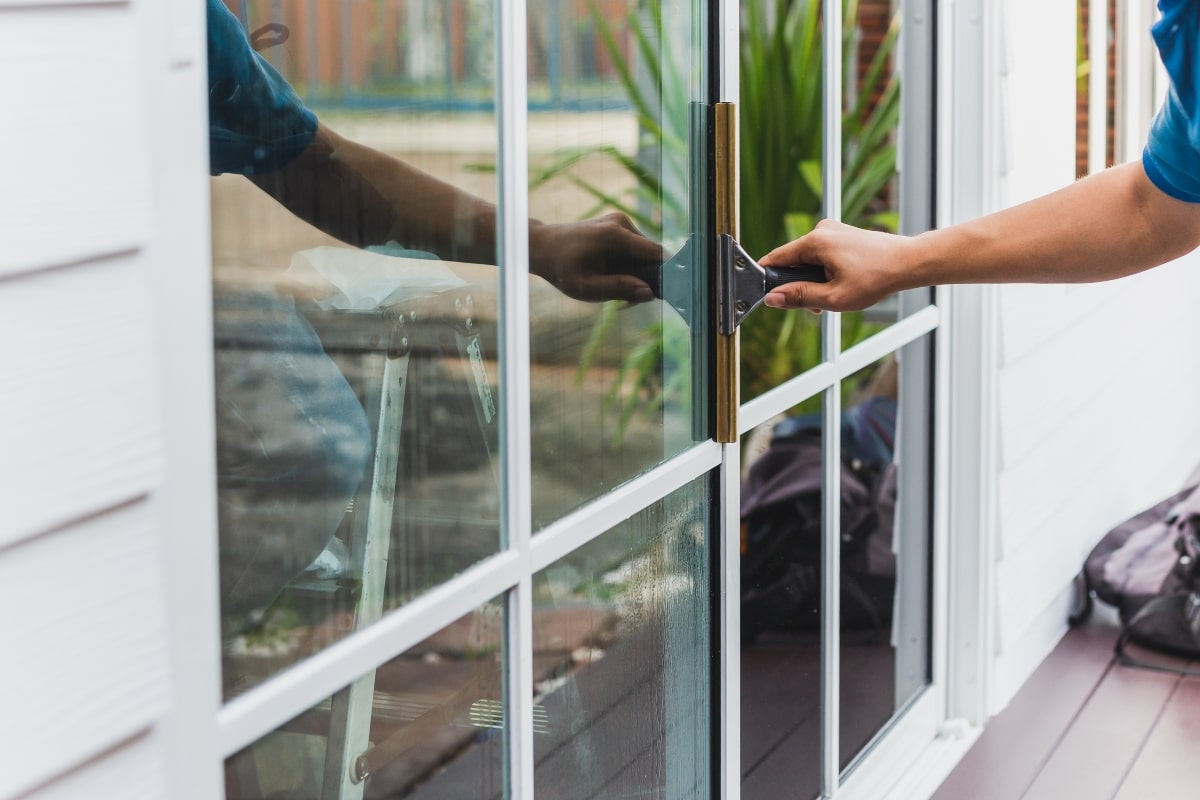
Increase the security of your home
Boost your home’s safety, comfort, and efficiency with Central Screens & Locks‘ 3M™ Scotchshield™ safety & security window film. This durable film deters break-ins, protects against harsh weather and blocks UV rays, keeping your home cooler in summer and warmer in winter while protecting your interiors from fading.
Enhance your home’s security and comfort; contact Central Screens today for a free quote!
FAQs about window tinting
The lifespan of window tinting varies depending on the film type and the installation's quality. High-quality window films can last 10 to 15 years, while some premium films may last longer with proper care. Factors such as exposure to sunlight and weather conditions can also impact longevity. Regular cleaning and maintenance can help extend the life of your window tint.
Yes, window film can be removed and replaced if needed. To remove it, you’ll need to gently peel the film from one corner and apply a soap and water solution to soften the adhesive. Using a razor blade or a squeegee can help remove any remaining adhesive. If you’re unsure, it’s always best to consult a professional to ensure a clean removal and reinstallation.
To clean tinted windows, follow these steps:
- Use a mild soap and water solution or a window cleaner free from ammonia, as ammonia can damage the film over time.
- Spray the solution onto a soft, non-abrasive cloth or a microfiber towel rather than directly onto the window.
- Gently wipe the glass in a circular motion to avoid scratching the tint.
- Avoid using rough sponges, paper towels, or sharp objects.
Proper cleaning will keep your window tint looking clear and free from streaks.
